By
Priyanka Gupta
Three decades back, a construction site was a place where all building materials were brought in fabricated or mended as per need and then used. For example cement, sand, stonechips and water was assembled at construction site; mixed as per design and used. Brick kilns were the only manufacturing/ prefabrication done in advance for construction. Storing of inventory at construction sites wasvery much prevalent.
The concept of factories and automobile industry like ‘lean engineering’, ‘just in time delivery’ and prefabrication have changed the very picture of construction site. But till early 2000 prefabrication in construction rebars was only in concept. Around 2010 prefabrication of TMT rebars started in India and now it has become indispensable for both large as well as small scale project.
In low rise houses like G+1 to G+4 the usual cut and bend in rebars are stirrups for beams, links for columns, C-shaped & L-shaped bars for isolated footings and crank bars for columns. There are primary steel manufacturers in India which provide prefabrication service for rebars. These manufacturers also make the commonly used shapes and sizes already available at retail shops which are only a call away.
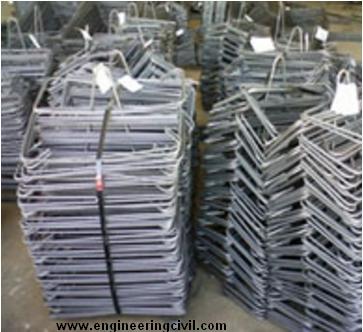
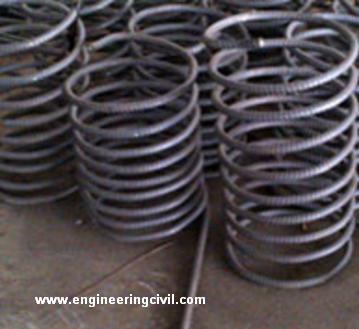
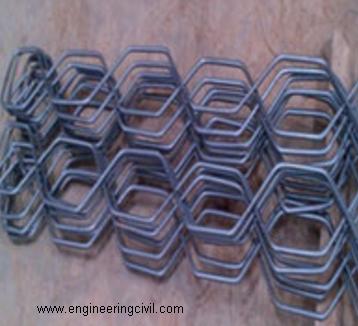
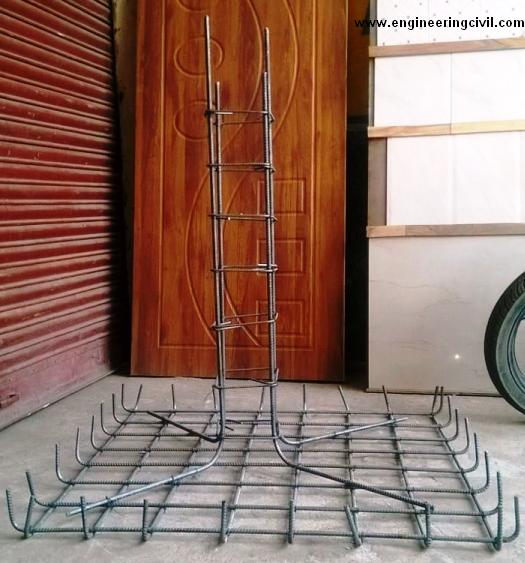
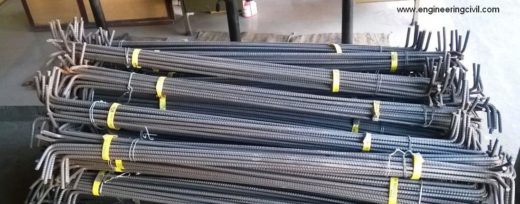
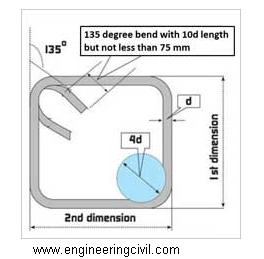
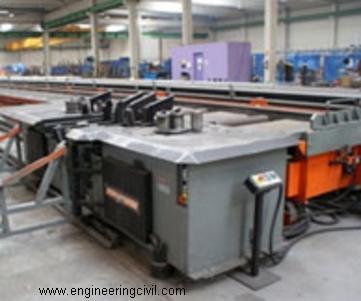
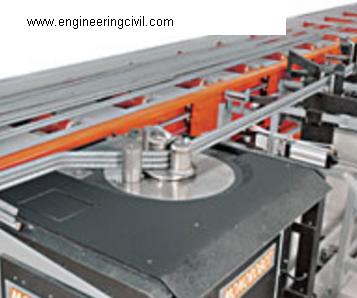
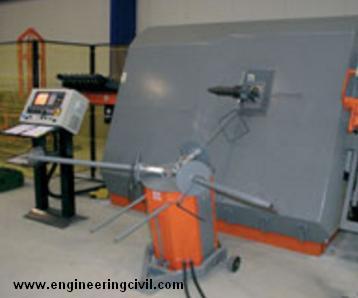
Advantages of using prefabricated rebars V/S manually cut and bent material at site
| Sl.
No. |
Prefabricated steel rebars | Site made rings and pieces |
| 1. | Available in most common sizes. One can even mix and match the sizes. | Need based manufacturing, needs lead time to cut and bend. |
| 2. | Machine made with accurate shape and size confirming to IS: 1786 & IS: 456. | Manually bent at site, expertise depends on the expertise available at site |
| 3. | No need of power connection at site for cutting rebars. | Mostly electrical equipment are used for cutting, which is at times dangerous too. |
| 4. | No on-site bending required | On-site bending is required |
| 5. | No micro cracks on the bends as proper mandrels are used | During manual bending, bar benders ignore the norms for correct mandrel diameter to be used for bending as per IS:1786. |
| 6. | Zero wastage of cut lengths | 10% wastage of rebar in quantity |
| 7. | Available in ready to use bundles at local steel dealers | Not applicable |
| 8. | Need only 2 days to finish concreting foundation alone | Need 7 days to finish concreting foundation alone |
| 9. | No dependence on labor at site for cut and bend | Dependence on availability of skilled labor to cut and bend. |
| 10. | No pilferage at site | Pilferage and hence loss of money at site |
We at engineeringcivil.com are thankful to Er Priyanka Gupta for submitting this very important paper to us.
If you have a query, you can ask a question here.



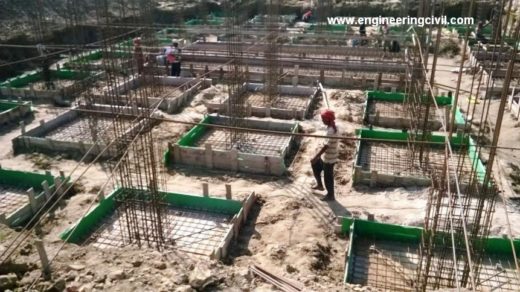

good